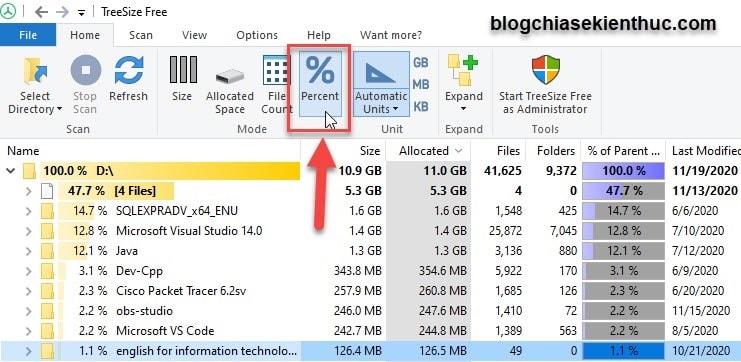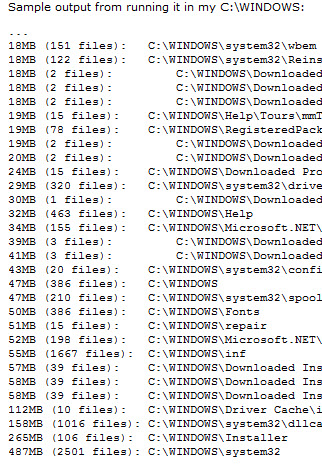

File r-r-r–w.txt, which was created by the user on Thursday, February 3, at 10:27 AM. The command follows to display the contents of the newfile.txt file: -l -l As you navigate through the contents of the file, you’ll notice the following message. Another file called newfile.txt is created in the same directory, and it assigns permissions to it based on whether the owner of the file can read it or writ it. The system adds a new branch, called newfile, to the root directory when it creates a file. Because it’s the system’s root directory, it’s referred to as the root directory, and all of the rest of the directory structure is derived from it. The system’s top level directory is used for system operations. This tool allows you to see the size of each directory in your list, including the directory beneath it. Blocks with a capacity of 512 bytes are displayed. You can use du to display the size of any directories, subdirectories, or files within a folder. The following command will install it using the package manager on your system. Disk Usage Analyzer will not be installed if you are using a Linux distribution that does not allow it to be installed. When you need to visualize your disk usage, you can do so using a graphical tool. The du and sort commands should suffice to assist you in locating the most relevant directories on your computer. The data is displayed in such a way that it becomes clear how much space each subdirectory is consuming.

A du command can be used to sort directories by size using the sort utility. Du’s command line utility is particularly useful for this purpose. It is a good idea to check for directories that are large enough to be readable by a Linux system. This will show you the size of every file and directory on your system, sorted from largest to smallest. Finally, if you want to see the size of all files and directories on your system, you can use the -a flag. For example, if you want to see the size of the /usr/ directory, you would type du -d /usr/. If you want to see the size of a specific directory, you can use the -d flag. This will show you the size of every file on your system, sorted from largest to smallest. To do this, simply add the -a flag to your command.

You can also use the du command to find the largest files on your system. If you want to see the size of each directory in human-readable format, you can add the -h flag. This will show you the size of each directory, followed by the path to that directory. To use the du command, simply type du -h into your terminal. This command will show you the size of each directory on your system, sorted from largest to smallest. To find the largest directory on your Linux system, you can use the du command.


 0 kommentar(er)
0 kommentar(er)
